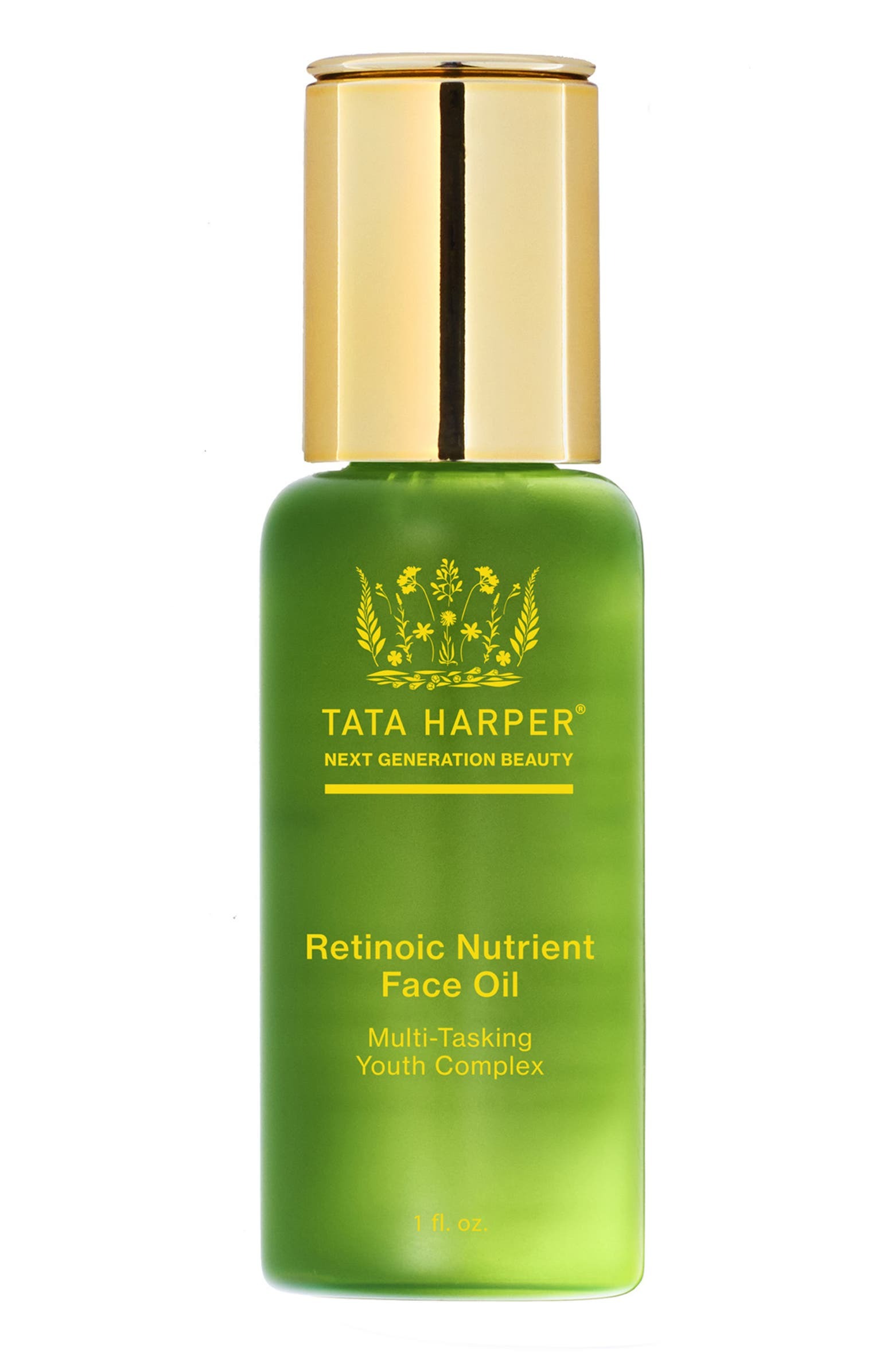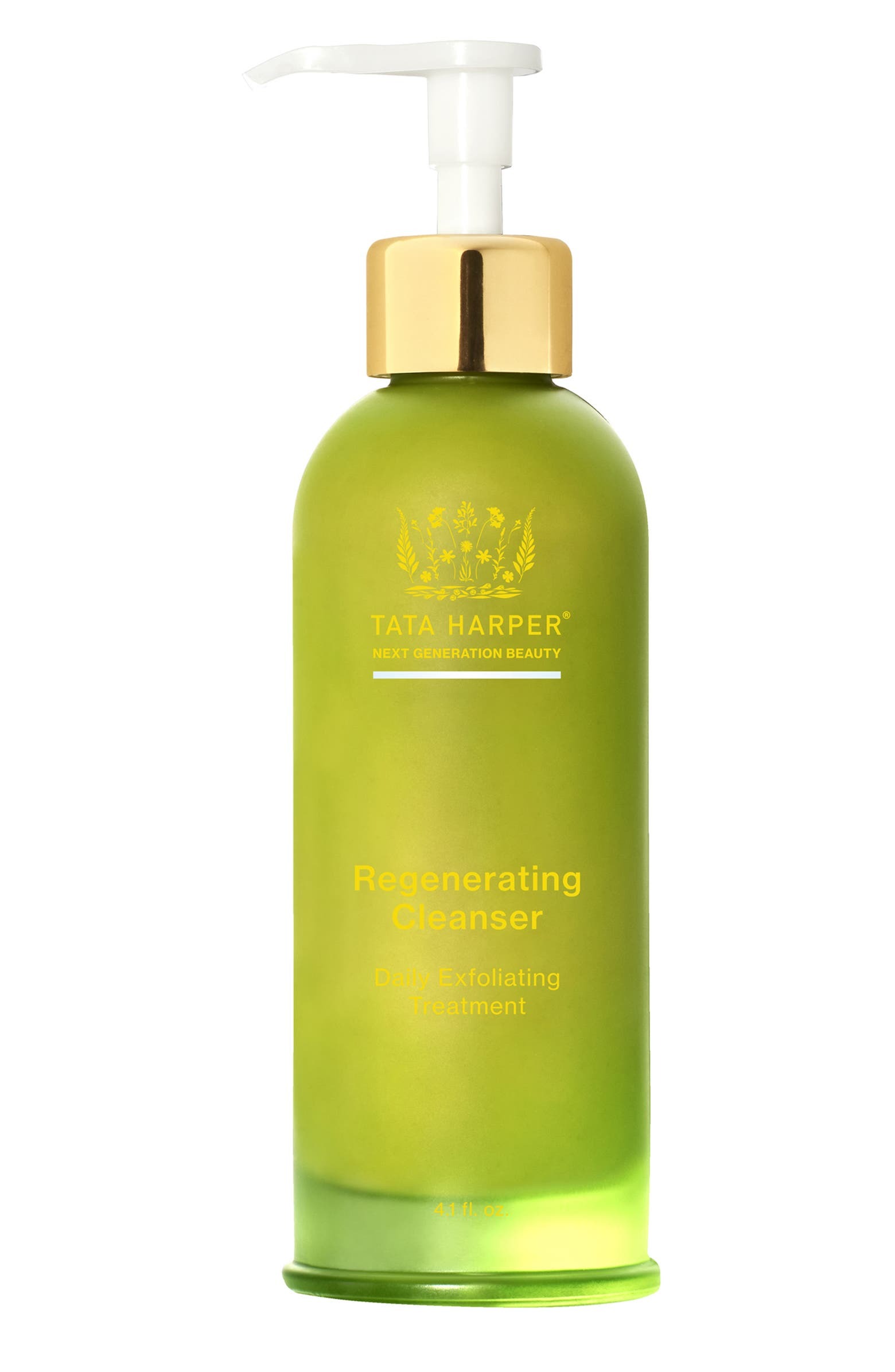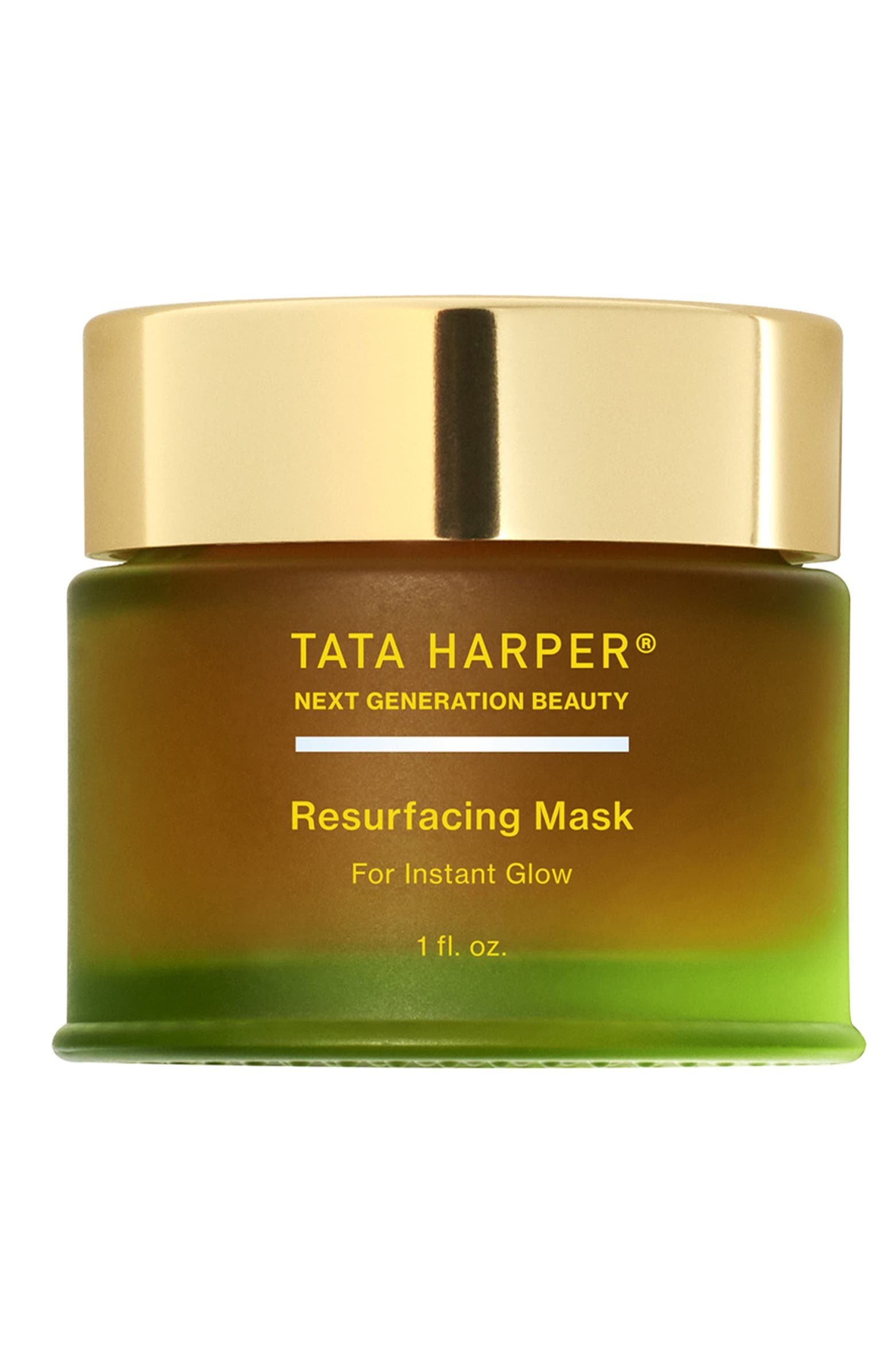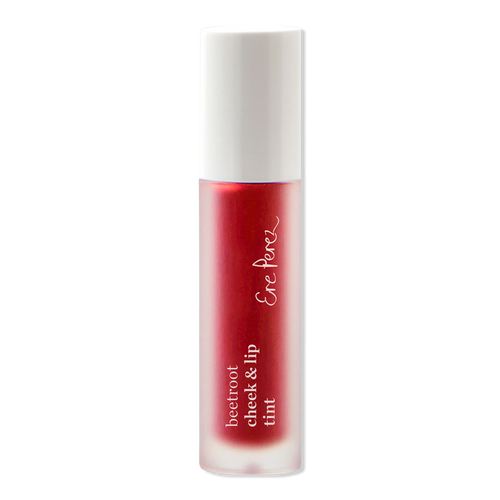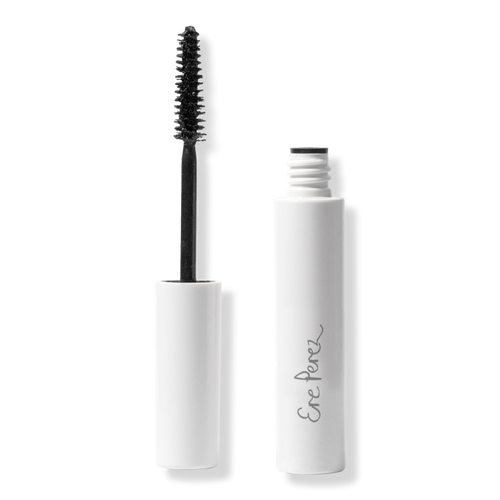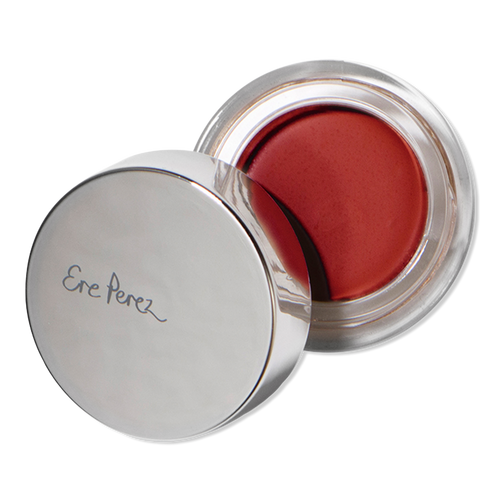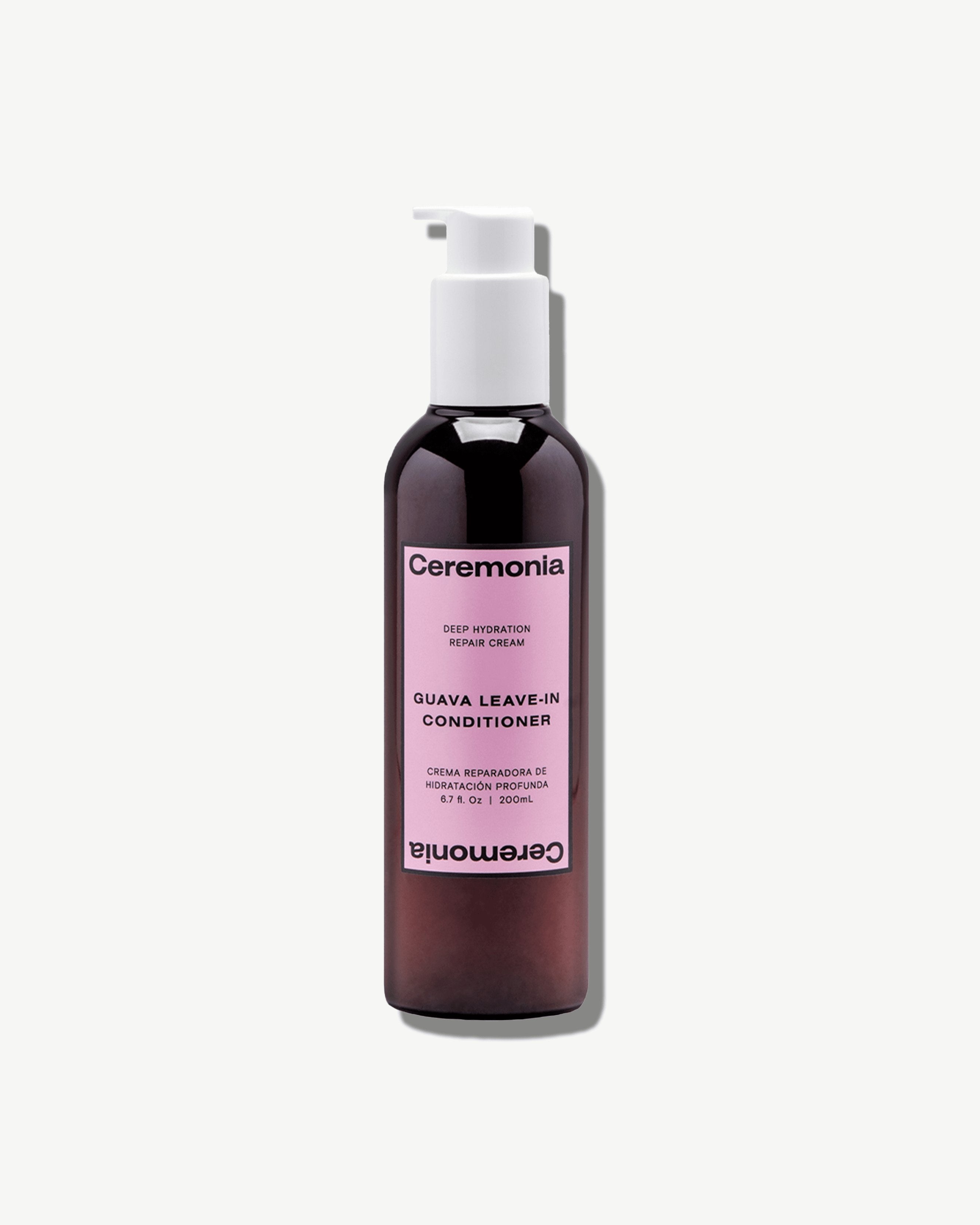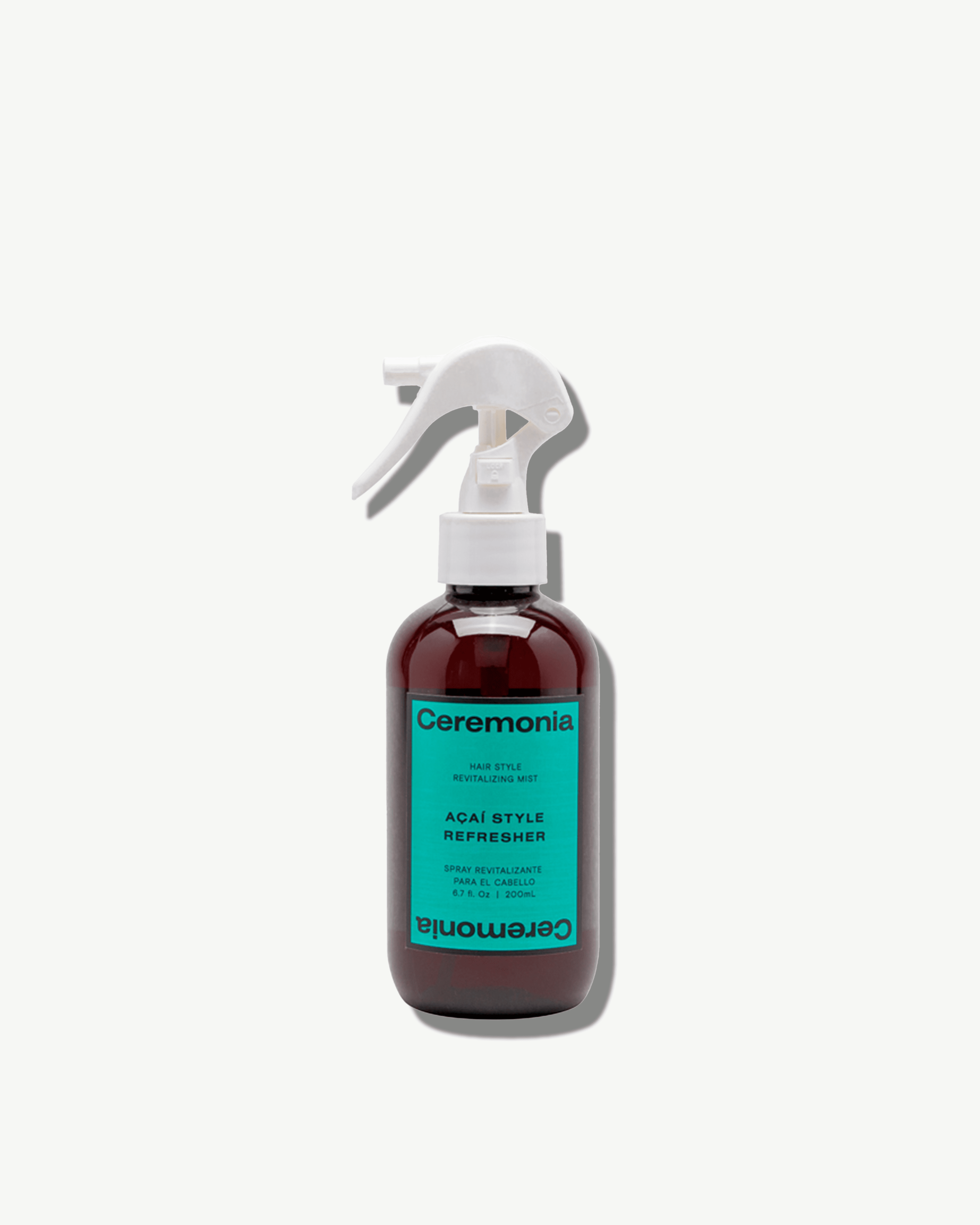How 3 Latin American Beauty Brands Use Sustainability to Tap Into Their Roots
On its face, beauty may seem like one of the least sustainable industries. For a long time, that’s been true thanks to factors such as excessive packaging, plastic production, and unsustainable resources like palm oil. In recent years, the move toward sustainable beauty products has gained momentum. Guided by their cultural heritage, many Latin American beauty founders see sustainability not as a choice but as a nonnegotiable.
Climate change is arguably at its most critical point in Latin America. According to the Council on Foreign Relations, the Amazon rainforest absorbs more greenhouse gases than any other tropical forest, but it’s been ceaselessly whittled down. In the past 50 years, it’s lost almost 300,000 square miles. For context, that’s a bigger amount of land than the entire country of France. The Amazon isn’t the only Latin American forest that’s been ravaged by deforestation. Other forests, like the Gran Chaco, have lost critical amounts of foliage. Soil erosion and water scarcity have led to food and resource shortages, reports Earth.org. Latin American countries are also facing unhealthy amounts of air pollution, according to a study published in World Health Statistics Quarterly.
Needless to say, sustainability efforts are more important than ever in Latin America and the rest of the world. That stretches to every part of life, whether it’s through recycling, conserving resources, or even choosing the products we buy and consume carefully. In the beauty realm, this means buying products from brands committed to sustainability as an ideology, not just a marketing tactic.
The founders of Tata Harper, Ere Perez, and Ceremonia have managed to not only prioritize climate goals but also find ways to tap into their Latin American roots, which are incredibly important to all three founders. Tata Harper, Ere Perez, and Ceremonia’s Babba Rivera choose to highlight sustainably sourced ingredients from their ancestors’ countries in their product formulations. "We pour a hearty dose of Mexican flair into everything we do,” says Perez, founder of her eponymous makeup brand, who grew up in Mexico. Keep reading to hear from all three founders on what makes their brands sustainable and why sustainability matters to them from a cultural standpoint.
Tata Harper
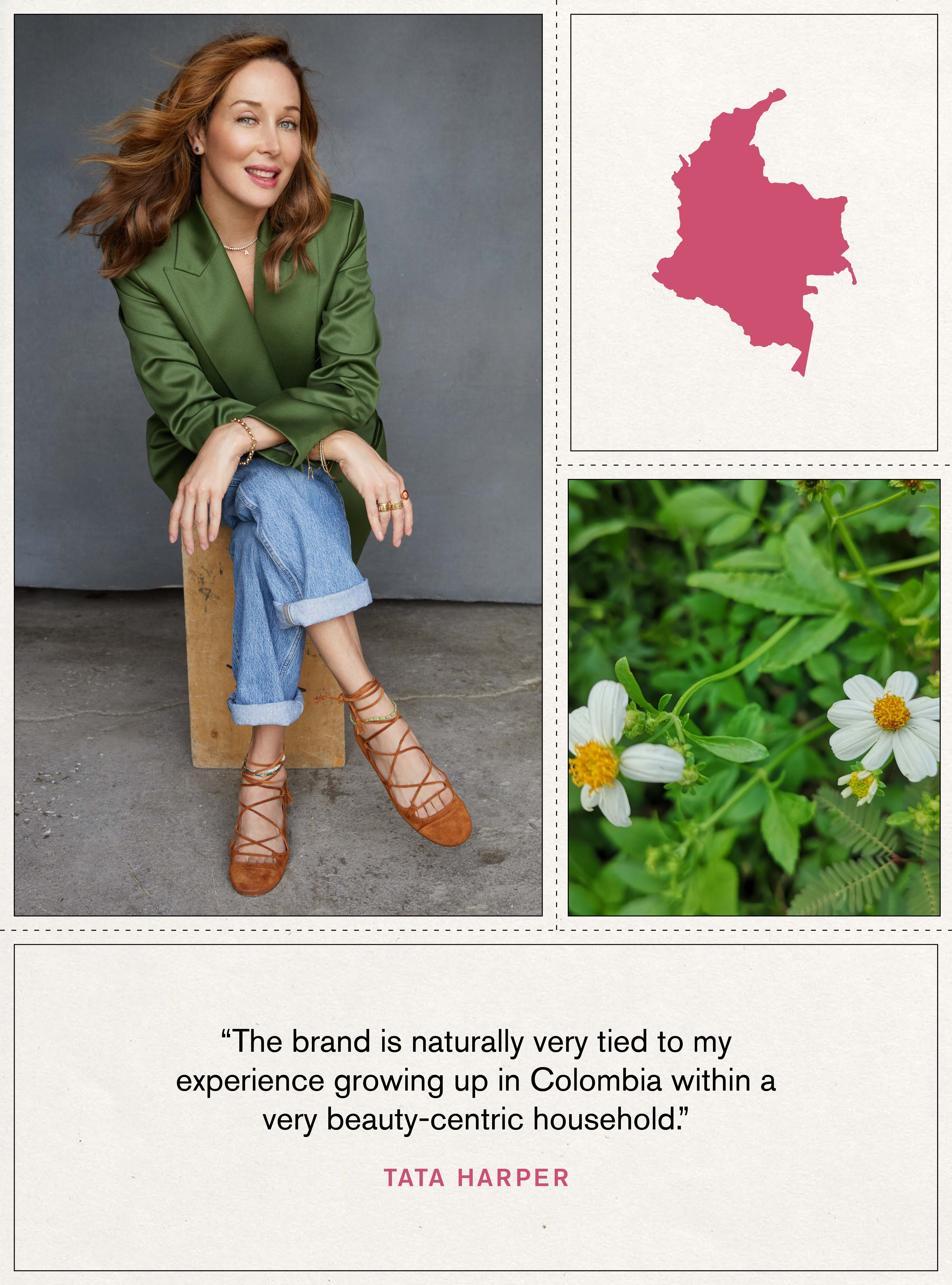
Eco-friendly thinking drives the skincare brand Tata Harper, which has built sustainability into its DNA. To Harper, the brand’s Colombian founder, this means that sustainability encompasses everything she does, including ingredients, packaging, and the manufacturing process.
"We don’t create toxic by-products that pollute water or end up in landfills, and we make everything ourselves on our farm in Vermont, so there’s no outsourcing or unnecessary shipping between multiple facilities across the country or world,” Harper says. "Our products are made-to-order in small batches, so there is no overproducing or excess inventory that ends up in a landfill. For our packaging, almost all of our products come in glass, which is infinitely recyclable. The small number of products that come in tubes are made with 100% recyclable, bio-based sugarcane plastic. Our cartons are made with certified paper from sustainably managed forests, and we use biodegradable soy ink to reduce the toxicity of our cartons.”
Harper is also looking toward the horizon for how to keep getting better, like ending single-use products. Harper is starting this initiative with the brand’s hero products, but she plans to design a fully refillable line.
Tata Harper believes in high-performance ingredients no matter where they’re from but highlights sustainably sourced Latin American ingredients wherever possible. This includes botanicals like the blackjack plant from South America, which boosts cell turnover, and bisabolol and burti from the Amazon, which both work to calm irritation and support the skin barrier.
Ere Perez
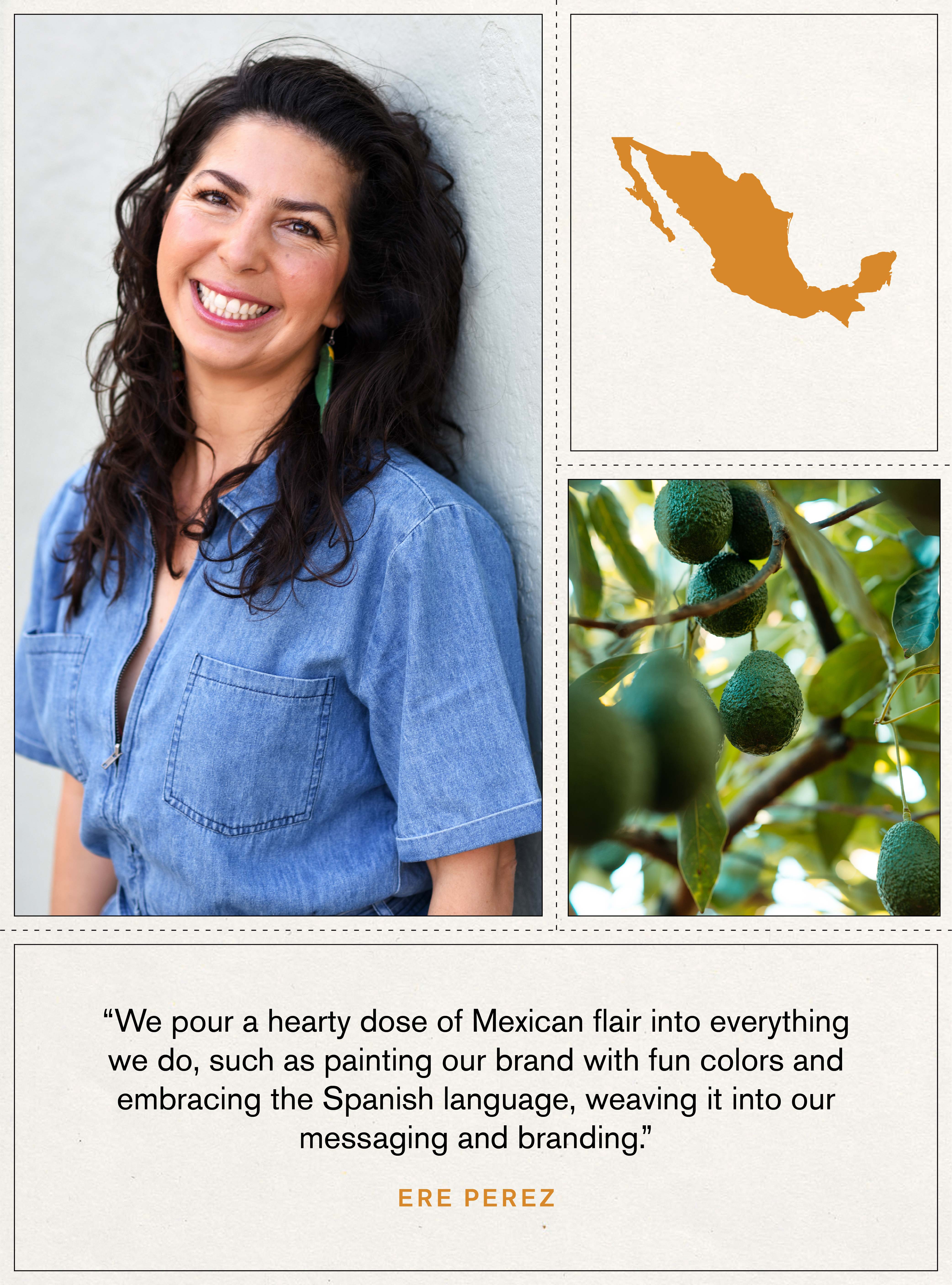
"We have two homes: our planet and our bodies,” says Perez. "Sustainability, for me, is about safeguarding both of these precious homes. It’s a responsibility we owe to future generations, including my own children, and a commitment that remains at the heart of everything we do.”
At Ere Perez, this philosophy is evident in each product, from crafting packaging out of recyclable glass and aluminum where possible to making biodegradable beauty products. That’s not all—the brand also aims to reduce weight (which means less material and less energy expended in transit) and make zero-waste products whenever possible. This extends to the ingredients products are filled with.
"Our focus is on ingredients that have a sense of dignity in their sourcing, ensuring they are not endangered or exploited in any way,” says Perez. "Many of these ingredients are readily available in most households’ pantries—staples like avocado, tomatoes, beetroots, corn, and carrots, which held a special place at my childhood table.”
Babba Rivera
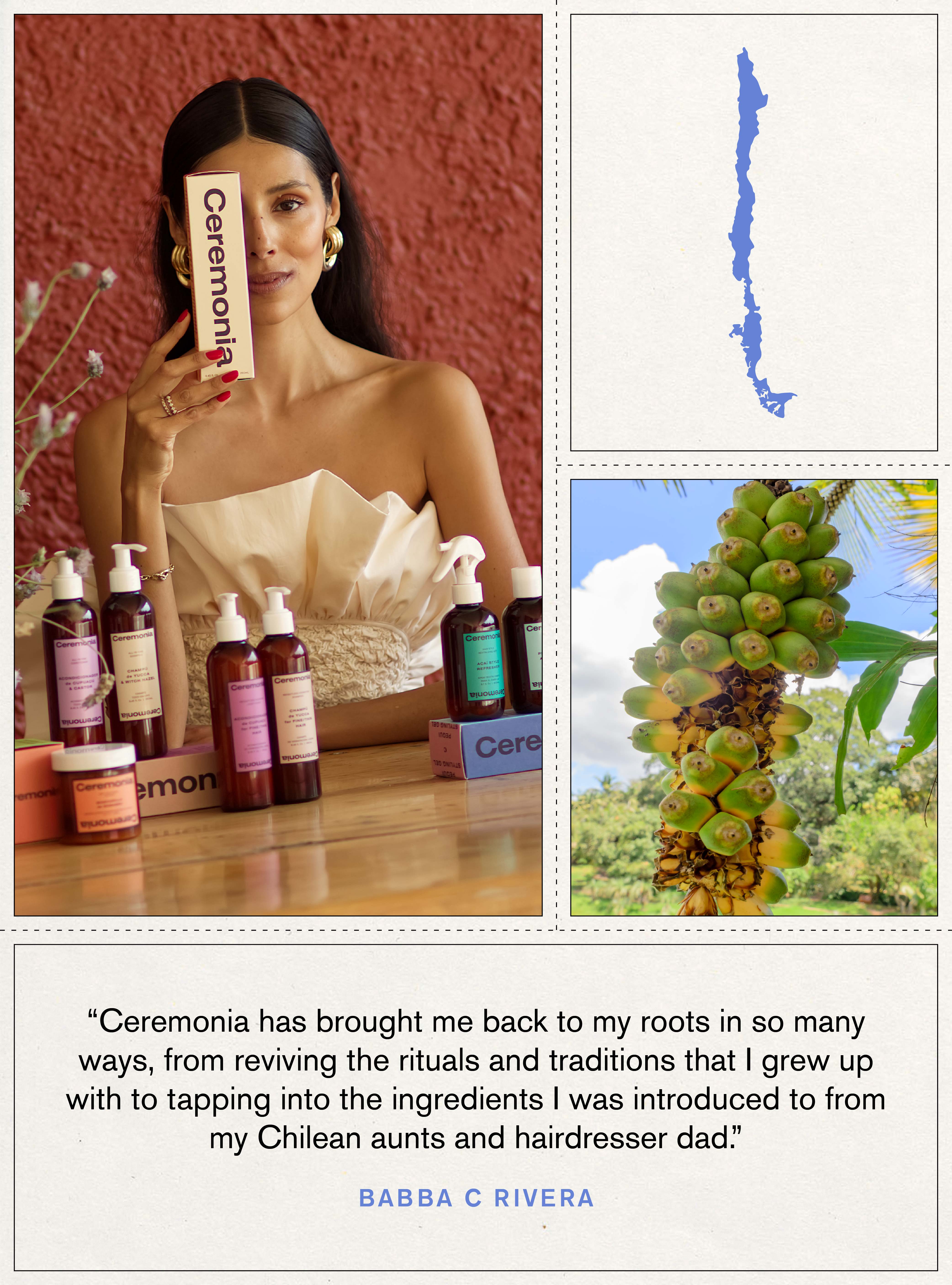
At haircare brand Ceremonia, Rivera, who has Chilean roots, created the brand with the idea of making products that were good for both her hair and the environment. "When I realized how most of the products in the hair aisle were full of toxins that not only ruin our hair’s quality but also contaminate our landfills, I started to ask myself, What could the future of beauty look like?” she says.
Her answer is Ceremonia. The colorful brand takes pride in its sustainability efforts. Ceremonia is plastic-negative, so for every product it sells, the brand promises to remove twice as much plastic from landfills to recycle. The entire manufacturing process is carbon-neutral, and the brand donates 1% of its profits to environmental nonprofit organizations. The bottles are all recyclable and made from 30% to 100% post-consumer-recycled PET material.
Ceremonia chooses to primarily source inspiration for its ingredients from Latin America. Its haircare line is full of nourishing native ingredients like babassu oil, aloe vera, yucca extract, guava, pequi, passionfruit, and papaya.
Harper, Perez, and Rivera’s collective focus on sustainability is inherently guided by their cultural roots. Each is inspired by Latin America in their own way, and the way climate change is influencing these countries shapes how these brand founders move forward. As we navigate a warming world, this commitment to their heritage and sustainability can hopefully serve as a guiding light for other brands struggling to find their footing.
This article was originally published at an earlier date and has been updated.
Prior to her time atBest Knockoff Luxury Clothing , Katie Berohn worked as the beauty assistant for Good Housekeeping, Woman's Day, and Prevention magazines, all part of the Hearst Lifestyle Group. She graduated from the University of Colorado, Boulder, with a major in journalism and minor in technology, arts, and media, and earned her master's degree at NYU's graduate program for magazine journalism. In addition, Katie has held editorial internships at Denver Life magazine, Yoga Journal, and Cosmopolitan; a digital editorial internship at New York magazine's The Cut; a social good fellowship at Mashable; and a freelance role at HelloGiggles.
